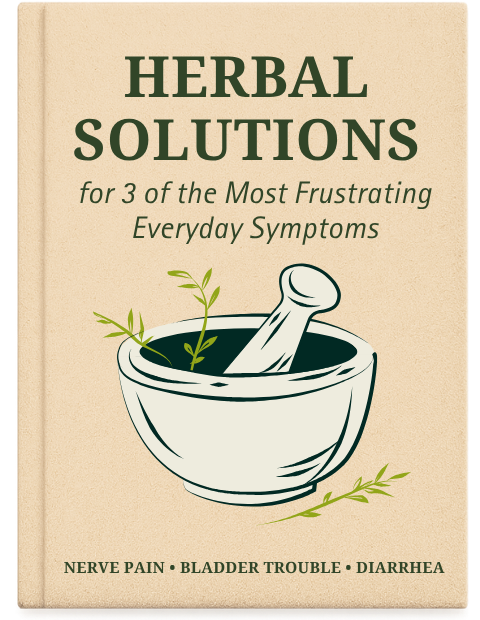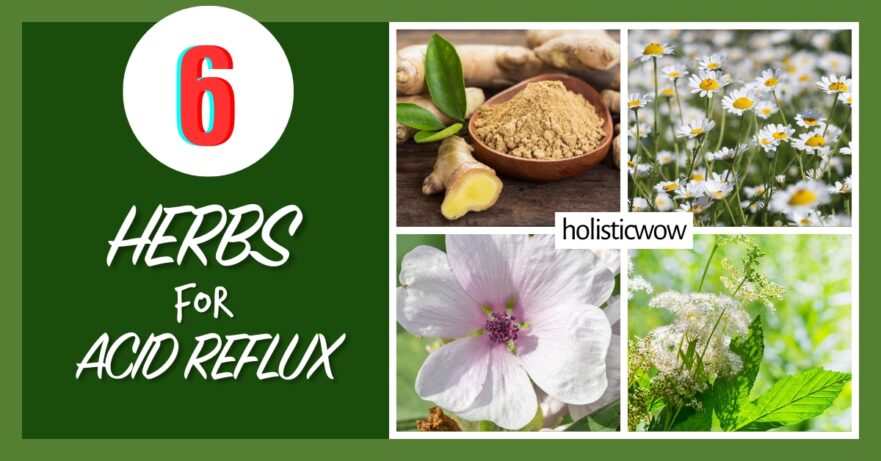In this article about herbs for acid reflux relief:
🌿 Best Herbs for Acid Reflux | 📜 Herbal Preparations and Recipes for Acid Reflux | ☯️ Integrating Herbs into Daily Life for Acid Reflux Relief | 🌱 Navigating Herbs Safely
Acid reflux occurs when stomach acid flows back into the esophagus, causing heartburn, chest pain, and difficulty swallowing. If left untreated, this condition can disrupt sleep, affect eating habits, and impact overall quality of life.
Certain herbs offer natural relief for acid reflux symptoms. Ginger, chamomile, and licorice root are known for their soothing properties, potentially reducing inflammation and protecting the digestive tract from stomach acid irritation.
This guide explores six herbs that may help manage acid reflux symptoms. You’ll learn about their potential benefits, how to use them safely, and ways to incorporate these natural remedies into your daily routine for digestive comfort.
Key Takeaways
- 🌿 Powerful herbal options: Ginger, chamomile, and licorice root offer natural relief for acid reflux symptoms through their anti-inflammatory and protective properties.
- ✨ Protective herb mechanisms: Slippery elm and marshmallow root form a soothing coating in the digestive tract, potentially reducing irritation from stomach acid.
- 💚 Complementary lifestyle practices: Herbal remedies combined with mindful eating, stress management, and proper sleeping habits can enhance their effectiveness in managing acid reflux.
🌿 Best Herbs for Acid Reflux
Acid reflux, also known as gastroesophageal reflux disease (GERD), is a common digestive issue that affects millions of people. Nature offers several herbs that have been traditionally used to alleviate acid reflux symptoms, including ginger (Zingiber officinale), chamomile (Matricaria recutita), licorice root (Glycyrrhiza glabra), slippery elm (Ulmus rubra), marshmallow root (Althaea officinalis), and meadowsweet (Filipendula ulmaria).
Acid reflux occurs when stomach acid flows back into the esophagus, causing a burning sensation in the chest or throat, known as heartburn. Other common symptoms include regurgitation, difficulty swallowing, and a sour taste in the mouth. Some people may also experience a persistent cough, hoarseness, or the feeling of a lump in the throat.
The leading cause of acid reflux is a weakened or malfunctioning lower esophageal sphincter (LES), the muscle that acts as a valve between the esophagus and stomach. Factors that can contribute to acid reflux include obesity, pregnancy, smoking, certain foods and drinks, medications, and eating large meals. Chronic acid reflux can lead to complications such as esophagitis, strictures, or Barrett’s esophagus if left untreated.
Ginger (Zingiber officinale)
Ginger (Zingiber officinale) has been used for centuries in traditional medicine, especially in Asian cultures, for its potent anti-inflammatory and antioxidant properties. Ginger contains compounds such as gingerols and shogaols, which may help reduce digestive tract inflammation and potentially protect the esophagus from stomach acid. Some studies suggest that ginger might speed up stomach emptying, which may reduce the risk of acid reflux. For those suffering from acid reflux, ginger may provide relief by soothing the digestive system and decreasing the frequency and severity of symptoms. A 2023 review [1] suggests ginger may soothe the GI tract and alleviate heartburn in people with GERD. Ginger can be consumed as a tea, added to foods, or taken as a supplement. While generally safe, some people may experience mild side effects such as heartburn, diarrhea, or stomach discomfort, especially when consumed in large amounts.
Chamomile (Matricaria recutita)
Chamomile (Matricaria recutita) is a gentle herb used for thousands of years to treat various digestive issues. It contains compounds like bisabolol and chamazulene, which have anti-inflammatory and antispasmodic properties. While these properties might help relax smooth muscles in the digestive tract, there is limited scientific evidence specifically linking chamomile to the relaxation of the lower esophageal sphincter. Chamomile also has a calming effect on the nervous system, which can be beneficial as stress often exacerbates acid reflux symptoms. Although human studies directly linking chamomile to GERD symptom relief are limited, chamomile may help soothe the digestive tract and reduce inflammation, potentially offering some relief for GERD symptoms [2]. For those with acid reflux, drinking chamomile tea regularly might help soothe the digestive tract and reduce the frequency of symptoms. It is important to note that while chamomile is generally considered safe, some people may be allergic to it, especially those with allergies to plants in the daisy family.
Licorice root (Glycyrrhiza glabra)
Licorice root (Glycyrrhiza glabra) has been used in traditional medicine to soothe and protect the digestive tract. It contains a compound called glycyrrhizin, which has anti-inflammatory properties. Licorice root may increase mucus production in the stomach and esophagus, potentially creating a protective barrier against stomach acid. This might help reduce the irritation and damage caused by acid reflux. Some studies suggest that licorice root can also help heal ulcers and reduce inflammation in the stomach. For acid reflux sufferers, licorice root may help reduce symptoms and promote healing of the esophagus. However, it’s important to use deglycyrrhizinated licorice (DGL) for acid reflux, as regular licorice has been shown to increase blood pressure when used long-term. DGL licorice is available in chewable tablets or powder form and can be taken before meals to help prevent acid reflux symptoms.
Slippery elm (Ulmus rubra)
Slippery elm (Ulmus rubra) has been used by Native Americans for centuries to treat various digestive issues. The inner bark of the slippery elm tree contains mucilage, a gel-like substance that can coat and soothe the lining of the esophagus and stomach. When mixed with water, slippery elm forms a slick gel that can help protect the digestive tract from acid irritation. This protective coating may help reduce inflammation and promote irritated tissue healing, though more scientific studies are needed to confirm these effects. Traditional use suggests that slippery elm can increase mucus production in the gastrointestinal tract, which might further protect against acid damage, but more research is necessary. For those with acid reflux, slippery elm might help reduce symptoms such as heartburn and regurgitation. Studies have shown that herbal formulas containing slippery elm can improve GERD symptoms [3]. However, it’s important to note that slippery elm may interfere with the absorption of other medications, so it should be taken at least two hours apart from other drugs.
Marshmallow root (Althaea officinalis)
Marshmallow root (Althaea officinalis) has been used in traditional medicine for its soothing properties, particularly for the digestive and respiratory systems. Like slippery elm, marshmallow root contains mucilage, which forms a protective gel-like coating when mixed with water. This coating may help protect the esophagus and stomach lining from acid irritation. Marshmallow root also has anti-inflammatory properties that may help reduce inflammation in the digestive tract. Marshmallow root might help reduce symptoms for those with acid reflux by creating a barrier between stomach acid and the esophagus. It can be consumed as a tea, taken in capsule form, or used as a cold infusion. However, as with slippery elm, marshmallow root may interfere with the absorption of other medications, so it’s important to take it separately from other drugs.
Meadowsweet (Filipendula ulmaria)
Meadowsweet (Filipendula ulmaria) has been used traditionally for its anti-inflammatory and pain-relieving properties, particularly for digestive issues. It contains salicylates, compounds related to salicylic acid, which contribute to its anti-inflammatory effects. Meadowsweet also contains tannins that can help protect the stomach lining. While traditional use suggests that meadowsweet may benefit the digestive system, its ability to reduce stomach acid production is not well-supported by scientific evidence. More research is needed to confirm this effect. Studies have shown that meadowsweet may help protect against stomach ulcers and reduce inflammation in the digestive tract, which could benefit those with acid reflux [4]. Meadowsweet can be consumed as a tea or taken in tincture form. However, people sensitive to aspirin should be cautious when using meadowsweet due to its salicylate content. While meadowsweet has been used traditionally, more clinical studies are needed to fully understand its effectiveness and safety for acid reflux treatment.
📜 Herbal Preparations and Recipes for Acid Reflux
Here are specific herbal tea recipes that incorporate the beneficial properties of selected herbs to address acid reflux symptoms. Each blend supports digestive health, offering natural relief for acid reflux discomfort. These teas provide a soothing, effective herbal remedy for managing acid reflux symptoms.

Soothing Chamomile-Ginger Blend
Ingredients:
- 1 ½ teaspoon dried chamomile flowers
- ½ teaspoon dried ginger root
- 1 cup of boiling water
Preparation:
- Combine the dried herbs in a teapot.
- Add 1 cup of boiling water and steep for 10 minutes.
- Strain and drink 30 minutes before meals to help prevent acid reflux symptoms.
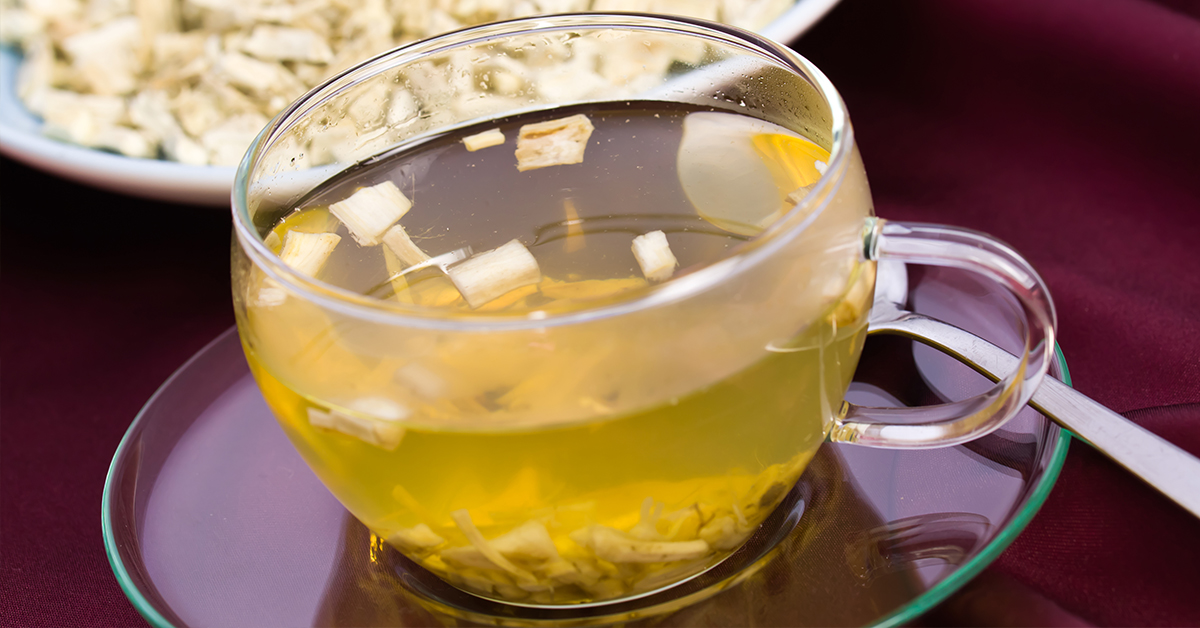
Licorice-Marshmallow Root Tea
Ingredients:
- 1 teaspoon DGL licorice root powder
- 1 teaspoon dried marshmallow root
- 1 cup of cold water
Preparation:
- Mix the herbs in a jar with cold water.
- Let it steep in the refrigerator for 4-8 hours or overnight.
- Strain and drink 15-20 minutes before meals to coat and protect the digestive tract.
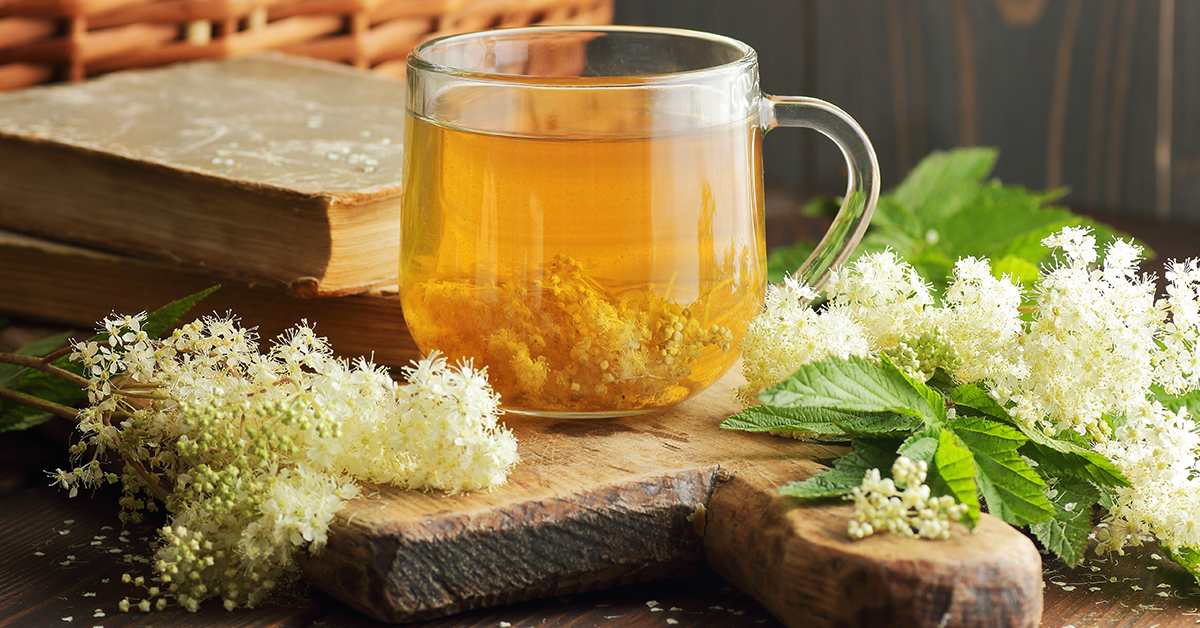
Meadowsweet-Chamomile Digestive Tea
Ingredients:
- 1 teaspoon dried meadowsweet
- 1 teaspoon dried chamomile flowers
- ½ teaspoon dried ginger root
- 1 cup of boiling water
Preparation:
- Place all dried herbs in a teapot, add boiling water, and steep for 15 minutes.
- Strain and drink after meals to soothe the digestive system and reduce acid reflux discomfort.
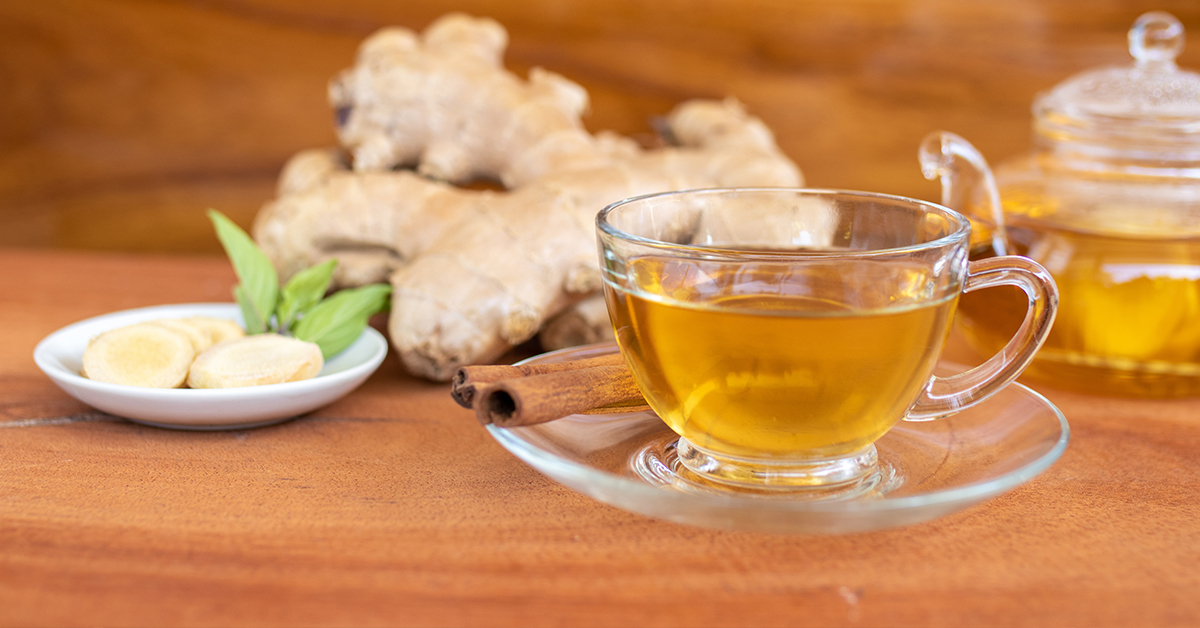
Slippery Elm Digestive Blend
Ingredients:
- 1 teaspoon slippery elm bark powder
- 1 teaspoon dried marshmallow root
- ½ teaspoon dried ginger root
- ½ teaspoon dried licorice root (DGL)
- 1 cup of warm water
Preparation:
- Mix the slippery elm powder with a small amount of cold water to form a paste.
- Add the other herbs and warm water. Stir well and let it sit for 5 minutes.
- Drink 15-20 minutes before meals to create a protective coating in the digestive tract.
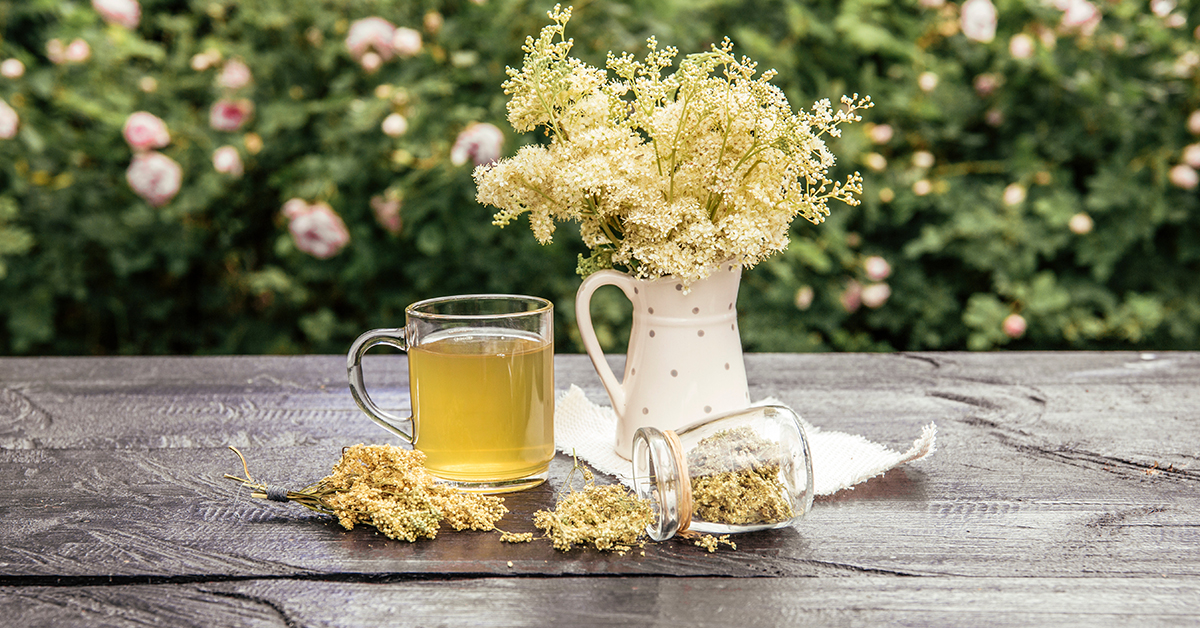
Comprehensive Acid Reflux Relief Tea
Ingredients:
- 1 teaspoon dried chamomile flowers
- ½ teaspoon dried ginger root
- ½ teaspoon dried meadowsweet
- ½ teaspoon slippery elm bark powder
- ½ teaspoon dried marshmallow root
- 1 cup of boiling water
Preparation:
- Combine all herbs except slippery elm in a teapot.
- Add boiling water and steep for 15 minutes.
- Strain, then whisk in the slippery elm powder.
- Drink 30 minutes before meals or when experiencing acid reflux symptoms.
These tea recipes are designed to be easily integrated into daily routines, providing a practical approach to managing acid reflux naturally. Adjust the blends according to personal preference and consult a healthcare provider before starting any new herbal regimen, especially if you are taking medications or have existing health conditions.
☯️ Integrating Herbs into Daily Life for Acid Reflux Relief
Incorporating herbs into your daily routine may help manage acid reflux symptoms effectively. Here are practical tips for herbs and complementary practices to support digestive health.
Daily Use and Lifestyle Integration
- 🫖 Herbal Teas: Start your day with a cup of Soothing Chamomile-Ginger Blend tea. This may help prepare your digestive system for the day ahead. Drink it about 30 minutes before breakfast.
- 🍵 On-the-Go Relief: Keep a thermos of Licorice-Marshmallow Root Tea with you. Sip it throughout the day, especially before meals, as this may help maintain a protective coating in your digestive tract.
- 🌼 Post-Meal Soothing: After meals, especially larger ones, drink a cup of Meadowsweet-Chamomile Digestive Tea. This may help soothe your digestive system and reduce the likelihood of acid reflux symptoms.
- 💚 Herbal Lozenges and Tablets: For on-the-go relief, carry slippery elm lozenges or DGL licorice tablets. These can be taken as needed when symptoms start to emerge.
- 🫚 Culinary Uses: Consider adding ginger to your cooking. Use fresh ginger in stir-fries, soups, or smoothies for daily digestive support.
Additional Practices to Support Digestive Health
- 🥗 Smaller, Frequent Meals: Eat smaller, more frequent meals to avoid overloading your digestive system. This can help reduce the likelihood of acid reflux episodes.
- 🍴 Mindful Eating: Practice mindful eating. Chew your food thoroughly and eat slowly to support proper digestion and reduce stress on your digestive system.
- 🕰️ Proper Timing After Meals: Avoid lying down immediately after meals. Wait at least three hours before bed to allow for proper digestion.
- 🛏️ Bed Elevation: Elevate the head of your bed by 6-8 inches. This can help prevent stomach acid from flowing back into your esophagus during sleep.
- 🏃♀️ Gentle Exercise: Engage in gentle exercise like walking after meals. This can aid digestion and help prevent acid reflux symptoms.
- 🧘♀️ Stress Management: Manage stress through techniques like deep breathing, meditation, or yoga. Stress can exacerbate acid reflux symptoms, so finding ways to relax is crucial.
- 🌱 Other Beneficial Herbs: In addition to the herbs mentioned, aloe vera juice and fennel tea may also benefit some people with acid reflux. However, always start with small amounts to see how your body reacts.
Remember, while these herbal remedies may be effective, they should complement, not replace, professional medical advice. If symptoms persist or worsen, consult your healthcare provider.
🌱 Navigating Herbs Safely
Starting with small doses is the first step when adding herbal remedies to your health routine. This approach lets you see how you respond and adjust amounts for the best effect, keeping safety in mind. While many herbs are safe, everyone’s body reacts differently. If you notice any side effects, it’s important to stop and think about what might be causing them.
Remember, herbs can sometimes interact with prescription medicines. These interactions might make your medicines work too well or not well enough, which is why talking to a healthcare provider or an herbalist is essential. This is especially crucial if you’re pregnant, breastfeeding, taking medications regularly, or have an existing health condition. Getting advice tailored to your situation can help you avoid any unnecessary risks.
For kids and older adults, being extra careful with herbs is important. Their bodies might react more strongly to herbal remedies, and the chance of side effects or interactions could be greater. Before giving herbal treatments to children or elderly family members, getting advice from a professional is a must to ensure their safety.
By being cautious and seeking expert advice when needed, you can make herbal remedies a safe part of your wellness plan. This careful approach allows you to enjoy the benefits of herbs while keeping yourself and your family safe.
Each herb offers unique properties that may help alleviate symptoms. Ginger has anti-inflammatory effects and may speed up stomach emptying. Chamomile can have a calming effect on the digestive system. Licorice root may increase protective mucus production, particularly in its deglycyrrhizinated form (DGL). Slippery elm and marshmallow roots contain mucilage, which can coat and protect the digestive tract. Meadowsweet may help reduce stomach acid production and inflammation.
FAQ
What are the most effective herbs for treating acid reflux?
Several herbs have shown promise in managing acid reflux symptoms. Ginger (Zingiber officinale) is known for its anti-inflammatory properties and may help speed up stomach emptying, which might reduce the risk of stomach contents flowing back into the esophagus. Chamomile (Matricaria recutita) has a calming effect on the digestive system and may help soothe digestive discomfort, though its role in reducing stomach acid production is not well-established. Licorice root (Glycyrrhiza glabra), particularly in its deglycyrrhizinated form (DGL), can increase mucus production in the stomach and esophagus, creating a protective barrier against stomach acid. Slippery elm (Ulmus rubra) and marshmallow root (Althaea officinalis) contain mucilage, forming a protective coating in the digestive tract. Meadowsweet (Filipendula ulmaria) has anti-inflammatory properties and may help protect the stomach lining, though its role in reducing stomach acid production is not well-established. While these herbs have been traditionally used for acid reflux, it's important to note that more research is needed to fully understand their effectiveness and optimal use for this condition.
How can I safely incorporate herbal remedies into my acid reflux treatment plan?
Incorporating herbal remedies into your acid reflux treatment plan should be done carefully and in consultation with a healthcare provider. Start by choosing one or two herbs most appropriate for your symptoms, ideally with guidance from your healthcare provider. You can begin with herbal teas, which are generally gentle and well-tolerated. For example, try drinking ginger or chamomile tea, possibly 30 minutes before meals. If using supplements, start with the lowest recommended dose and gradually increase if needed. Pay attention to how your body responds and keep track of any changes in your symptoms. It's crucial to inform your doctor about any herbal remedies you're using, especially if you're taking other medications, as some herbs can interact with conventional drugs. Remember that herbal remedies should complement, not replace, any prescribed treatments. If you experience any adverse effects or symptoms worsen, discontinue use and consult your healthcare provider immediately.
Are there any potential side effects or risks associated with using herbs for acid reflux?
While herbs can be beneficial for managing acid reflux, they can also have potential side effects and risks. Ginger, for instance, may cause mild side effects like heartburn or stomach discomfort in some people, especially when consumed in large amounts. If not in its deglycyrrhizinated form, licorice root can increase blood pressure with long-term use. Some people may be allergic to chamomile, particularly those with allergies to plants in the daisy family. Slippery elm and marshmallow root can interfere with the absorption of other medications, so they should be taken separately from other drugs. Meadowsweet contains compounds similar to aspirin, so people sensitive to aspirin should use caution. It's important to note that herbal remedies are not regulated as strictly as pharmaceuticals, so quality and potency can vary between products. Additionally, while these herbs have been used traditionally, more clinical studies are needed to fully understand their long-term effects and optimal dosages for acid reflux treatment. Always consult a healthcare provider before starting any new herbal regimen, especially if you have existing health conditions or are taking medications.
